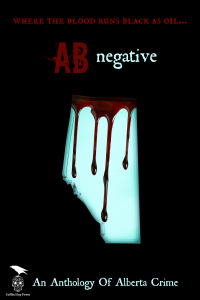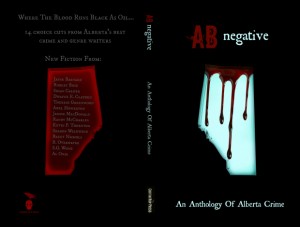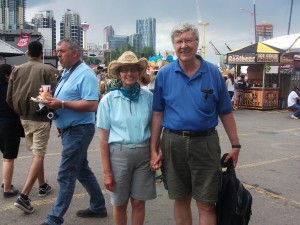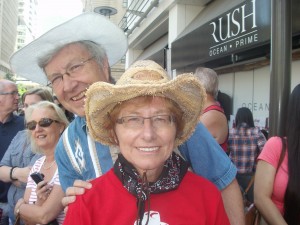On Tuesday, August 4, 7:00 PM, I’ll be at Owl’s Nest Bookstore in Calgary to help celebrate the launch of the new Canadian crime anthology AB Negative (Coffin Hop Press). Alberta crime short stories by Alberta authors. Joining me will be contributing writers Jayne Barnard, Robert Bose, Axel Howerton, Brent Nichols and Randy McCharles. I’m thrilled to be part of the pack.

Owl’s Nest Bookstore, 815A 49th Avenue SW (Britannia Shopping Plaza), Calgary. Tues, August 4, 7:00 PM. For more information, phone Owl’s Nest: 403-287-9557 or email: owlsnestbooks@shaw.ca. Free. Everyone welcome.


